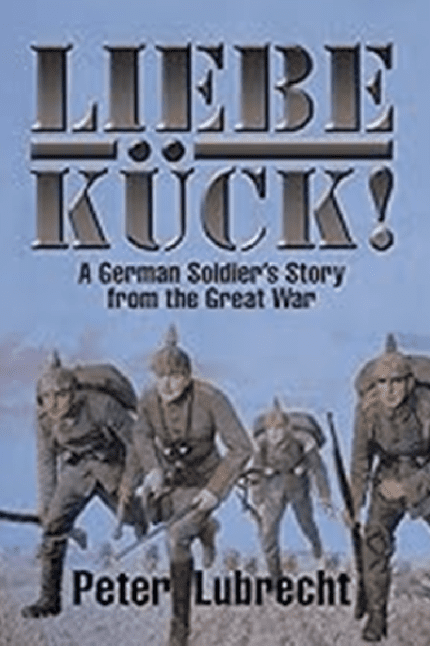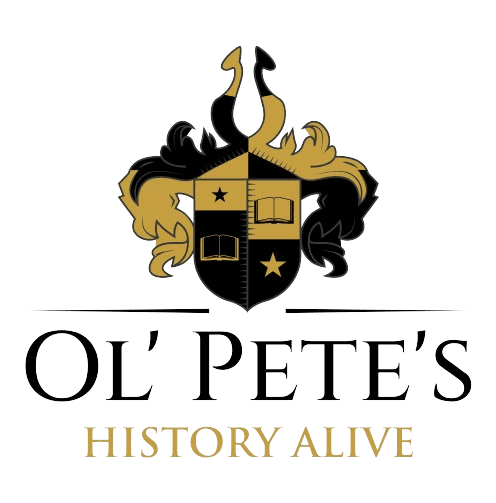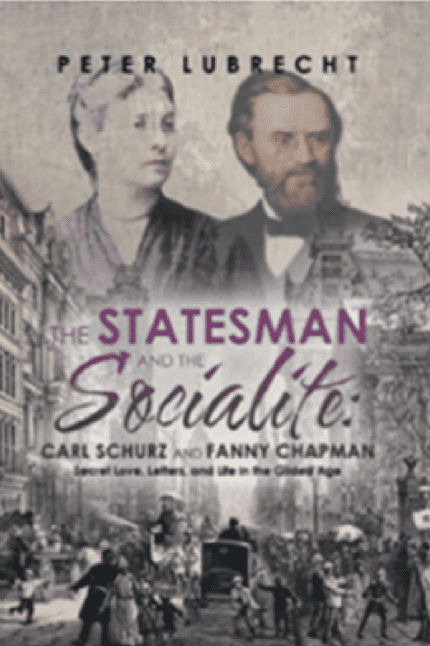The New Jersey Butterflies, officially the Third New Jersey Cavalry, was formed for the last year of the Civil War. They were also known as the First American Hussars; their creation by an alcoholic ex-officer of the Union Army was supposed to entice men to join a galloping, dashing, romantic cavalry unit. Clothed in orange gilt trimmed hats and capes, they were supposed to charge armed only with a saber, in most traditional European Cavalry fashion, into battle and subdue an enemy armed with rifles. This book is not about battlefield configurations, but rather about the men themselves. Individual stories from original accounts will examine how this glorious, historically victorious, difficult and often tragic year affected their return to the daily world of doctors, teachers, lawyers, clerks and workmen.

Germans in New Jersey: (History Press; 2013)
$25.50
German immigrants and their descendants are integral to New Jersey’s history. When the state was young, they founded villages that are now well-established communities, such as Long Valley. Many German immigrants were lured by the freedom and opportunity in the Garden State, especially in the nineteenth century, as they escaped oppression and revolution. German heroes have played a patriotic part in the state’s growth and include scholars, artists, war heroes and industrialists, such as John Roebling, the builder of the Brooklyn Bridge, and Thomas Nast, the father of the American cartoon. Despite these contributions, life in America was not always easy; they faced discrimination, especially during the world wars. But in the postwar era, refugees and German Americans alike–through their Deutsche clubs, festivals, societies and language schools–are a huge part of New Jersey’s rich cultural tapestry.







Reviews
There are no reviews yet.